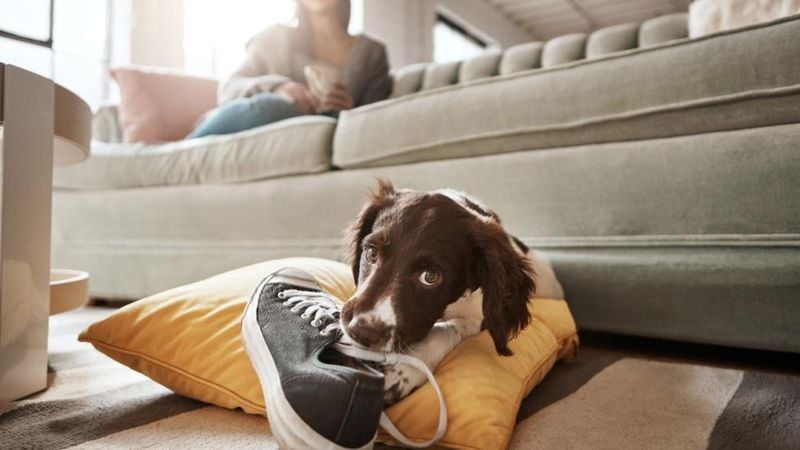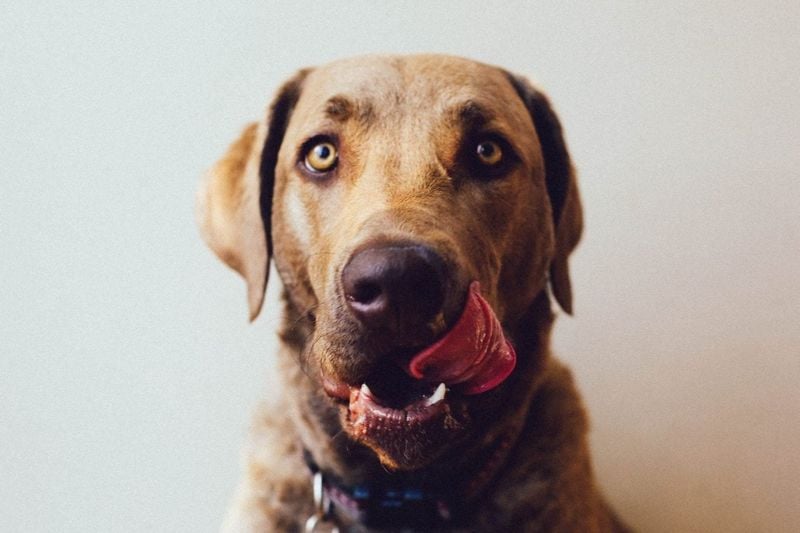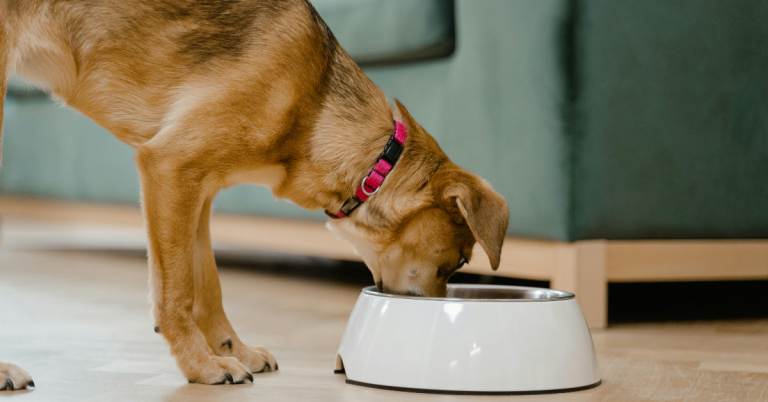10 Subtle Signs Your Dog Is Stressed—And What You Can Do to Help
Dogs might not be able to sit you down and explain what’s bothering them, but they are constantly communicating with us—just not always in ways we immediately recognize.
While it’s easy to spot when your pup is thrilled (hello, wagging tail and zoomies!), it’s much harder to tell when they’re anxious, overwhelmed, or downright stressed.
And just like humans, chronic stress in dogs can take a serious toll on their physical and emotional well-being.
Whether it’s triggered by loud noises, new environments, separation from you, or changes in routine, stress can manifest in all kinds of sneaky ways.
One moment your dog is quietly pacing the living room, and the next they’ve chewed up your favorite shoes. But here’s the thing—those behaviors aren’t “bad dog” moments.
They’re signals. Little red flags waving for your attention.
Knowing what to look for can make all the difference in catching these signs early and giving your dog the comfort and support they need.
Think of yourself as your dog’s emotional detective—learning to decode the subtle shifts in behavior that point to deeper unease.
In this article, we’ll walk you through 10 warning signs that your dog may be experiencing stress, and more importantly, what you can do to help.
From unusual bathroom accidents to sudden mood swings, we’ll break down each symptom and give you practical, vet-backed tips to ease their mind. Because at the end of the day, our dogs give us unconditional love.
It’s only fair we learn how to return the favor—especially when they need us most.
1. Excessive Panting or Drooling
Panting is normal after a run or during a hot day. But if your dog’s tongue is hanging out and their chest is heaving even in cool, calm conditions, stress could be the hidden culprit.
Pair that with unusual drooling, and your pup might be trying to cool themselves down from anxiety, not heat.
Stress-triggered panting can also occur during car rides, vet visits, or when guests are over.
To help, give them a quiet, familiar space where they feel safe. Calming aids like anxiety wraps, pheromone diffusers, or soothing music can also help regulate their breathing and relax their nerves.
2. Pacing or Inability to Settle
If your dog can’t seem to sit still, constantly walking in circles or roaming the same path over and over, it may be more than restlessness—it’s often a sign of stress.
This kind of pacing usually has no clear purpose and often happens when a dog is feeling overwhelmed or uncertain.
You might notice it during storms, after changes in routine, or when left alone. Try gently redirecting their attention with a favorite toy or treat puzzle.
Establishing a consistent schedule can also help reduce anxiety and give your dog the structure they crave. If pacing continues, consider speaking with a vet or behaviorist to dig deeper.
3. Destructive Behavior
Is your couch cushion mysteriously ripped to shreds? Don’t jump to “bad dog”—destructive behavior is often your pup’s way of coping with stress or boredom.
Chewing, digging, and tearing things apart releases tension and helps dogs self-soothe, especially when left alone.
Rather than punishment, focus on prevention and redirection. Make sure your dog gets enough exercise and mental enrichment throughout the day. Chew toys, frozen treats, and interactive games can channel their energy in healthier ways.
If separation anxiety is the root cause, crate training and positive reinforcement during short absences can ease their distress over time.
4. Sudden Aggression or Reactivity
A dog that suddenly growls, snaps, or becomes overly reactive may be trying to defend themselves from a perceived threat.
Stress lowers a dog’s threshold for patience, making them more likely to lash out—even at people or pets they normally get along with.
Watch for signs that precede aggression, like stiff posture, avoidance, or whale eyes. Give your dog space, avoid scolding, and remove them from the triggering environment.
Long-term, working with a certified trainer or behaviorist can help rebuild their confidence and teach them healthier coping mechanisms.
5. Loss of Appetite
Dogs usually have a hard time saying no to food—so when your chowhound suddenly snubs their bowl, it’s time to pay attention.
A loss of appetite can be a direct response to stress, especially if it follows a big change like moving homes, travel, or a new family member.
Before you panic, make sure it’s not due to illness. If your vet rules out medical issues, look at environmental factors: Is there loud construction outside? Did you change their food or feeding area?
Soft encouragement, hand-feeding, and adding something enticing like bone broth may help. Keeping mealtime calm and consistent goes a long way.
6. Tucked Tail and Flattened Ears
Dogs don’t need words to say, “I’m uncomfortable.” A tail tucked between the legs or ears pinned back are universal canine signs of stress or fear.
You’ll often see these signs during thunderstorms, vet visits, or when they’re scolded—times when they feel vulnerable or intimidated.
It’s your cue to slow things down. Avoid pushing your dog into uncomfortable situations, and never punish this kind of body language.
Instead, reassure them with a soft tone, gentle pets, and positive reinforcement when they begin to relax. Over time, this helps rebuild trust and a sense of safety.
7. Excessive Shedding
While seasonal shedding is normal, a stressed-out dog may start shedding much more than usual—often suddenly and in large amounts. You might notice fur flying after a vet visit, car ride, or during loud fireworks.
Stress-related shedding happens because adrenaline affects hair follicles, causing sudden hair loss. It’s not something they can control—and it’s your sign to evaluate what’s making them uneasy.
Brushing can help manage the mess, but it’s also a bonding ritual that calms dogs down. Pair that with a predictable routine and a quiet environment to reduce overall stress levels.
8. Frequent Yawning or Licking Lips
Yawning doesn’t always mean your dog’s tired. In fact, frequent yawning or lip-licking in dogs is a subtle but clear signal of discomfort or nervousness. You might see this during training sessions, crowded areas, or unfamiliar interactions.
These behaviors are part of a dog’s “calming signals,” meant to defuse tension. If you notice them doing this around certain people, places, or objects, it’s time to take a step back.
Respect their boundaries, remove them from overstimulating situations, and reward calm behavior. Recognizing these early signs gives you the chance to intervene before stress escalates.
9. Trembling or Hiding
When your dog shakes or disappears under the bed, they’re not being dramatic—they’re telling you they feel threatened or overwhelmed. Thunderstorms, fireworks, and chaotic households can easily trigger this kind of stress response.
Instead of coaxing them out or forcing interaction, let them retreat to a safe spot. Create a cozy hideaway with blankets and familiar scents where they can self-soothe.
White noise machines or calming treats can also help, especially during known stress events. Over time, slowly desensitizing them to triggers through positive exposure can reduce their need to hide.
10. Unusual Bathroom Accidents
If your house-trained dog starts having accidents indoors, don’t assume it’s a behavior problem—it might be stress talking through their bladder.
Anxiety can cause a dog to lose control, especially during high-pressure moments like being left alone or facing loud disruptions.
Start by ruling out medical conditions with your vet. If health isn’t the issue, observe when and where the accidents happen. Are they always near the door when you’re gone? Or after a big disruption?
Use positive reinforcement when they go in the right spot and avoid shaming them. Calming routines and gradual exposure to stressors can help bring their bathroom habits back to normal.
















